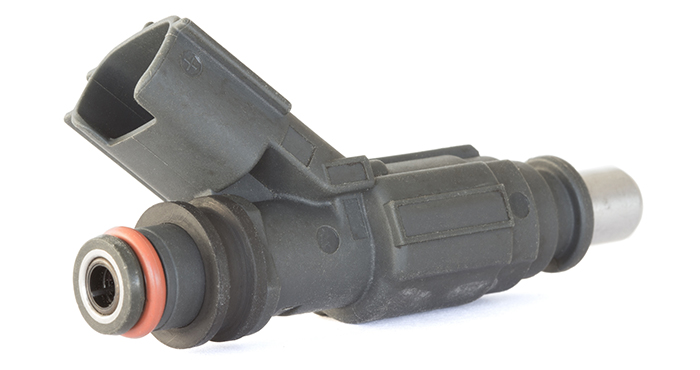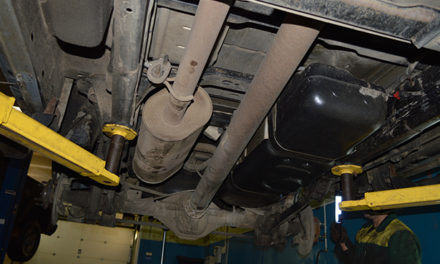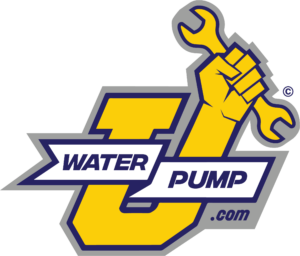Electronic fuel injection has undergone many technological improvements over the years, arriving at the current plateau, which has remained largely unchanged since the early 1980s.
The first commercially used fuel injection was a single port injection. This system was centrally located on the intake manifold and resembled a carburetor. It had one or two fuel injectors mounted in the center. What appeared to be a carburetor was in fact just a throttle body regulating air into the engine. The electronic fuel injectors supplied a constant flow to fuel into the manifold, the volume controlled by the engine control computer in response to load and other conditions.
This system gave way to the multiport fuel injection of today’s vehicles. Another variation was CPI or central port injection. Used in General Motors vehicles in the 1992 through 1995 model years, it was located inside the intake manifold.
Essentially, it was a fuel injector connected to what appeared to be a spider. It used a plastic tube with a poppet valve directed at each individual cylinder to supply a continuous spray of fuel. The engine control computer regulated the volume of fuel supplied.
Finally, there is the mechanically operated diesel direct injection. In this system, the fuel is injected directly into the cylinder as opposed to the intake manifold.
Symptoms Of A Fuel Injector Malfunction
- Engine misfire
- Lack of power
- “Check engine” light and corresponding cylinder misfire code
- Hard starting
- Fuel smell
- Rough idle
- Plug fouling
- Raw fuel being expelled from the exhaust
- A cherry-red catalytic converter as it overheats
Causes
- Water in fuel
- Clogged injector due to contaminated fuel
- Leaking fuel injector (stuck open)
- Poor connection
- Failure of the electronic control module (ECM) or wiring
How To Identify A Faulty Injector
Multiport fuel injection has a single fuel injector located in the intake manifold directly above the intake valve on each cylinder. The injectors plug into a common fuel rail that sits atop all of the injectors. Each injector has an electrical connector to the computer.
- Inspect the spark plugs. If one is black with carbon and severely fouled, Look at that injector as it could have failed.
- Inspect the exterior of the injector, looking for cracks or leaks.
- Using a DVOM (Digital Volt Ohm Meter) check the resistance of each injector. If you have one injector out of specification you should replace it.
- If you have an oscilloscope you can use it to observe the waveform from of each injector.
- You also may need to clean the injectors as over time they can build up varnish, which may decrease the amount of fuel they will spray.
- Check for OBD codes to see if any are related to emissions, misfiring or exhaust. These could be due to injector issues.



![[OE Auto Parts] - 16600-JK20A OE 3.5L Performance fuel injectors sold by Pjvmvo are OE parts.We use VIN matching to ensure the integrity of our inventory and accuracy of product descriptions.Offer high quality, and long-lasting performance. [Fitment]...](https://m.media-amazon.com/images/I/41ZU7A7CRQL._SL100_.jpg)





![[OE Auto Parts] - FJ732 OE 5.7L Performance fuel injectors sold by Pjvmvo are OE parts.We use VIN matching to ensure the integrity of our inventory and accuracy of product descriptions.Offer high quality, and long-lasting performance. [Fitment] - 5.7...](https://m.media-amazon.com/images/I/51pCSQIeFnL._SL100_.jpg)




